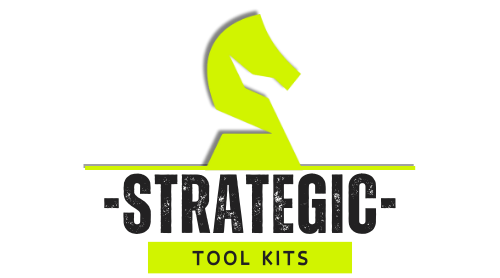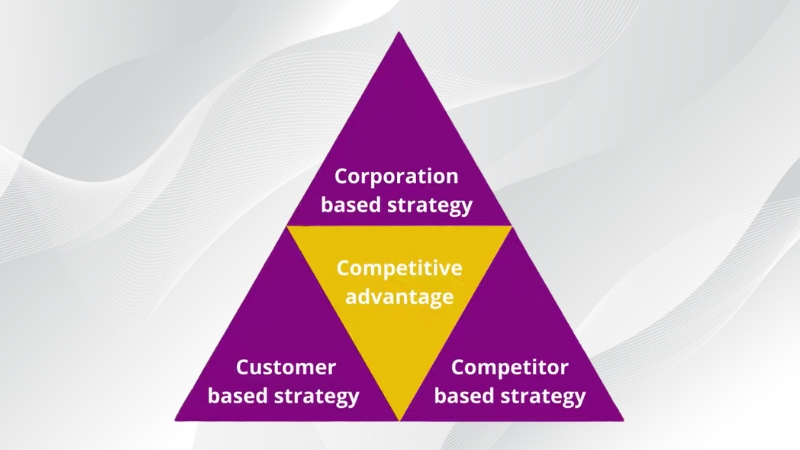Team-Building Board Games for Campus Clubs and Study Groups
Board games hold a special kind of importance in campus life. They fit easily into any room with a table, they’re cheap enough for any student budget, and, most importantly, they push people to talk, negotiate, and make decisions together. In a space where clubs and study groups depend on communication and shared goals, that’s … Read more










